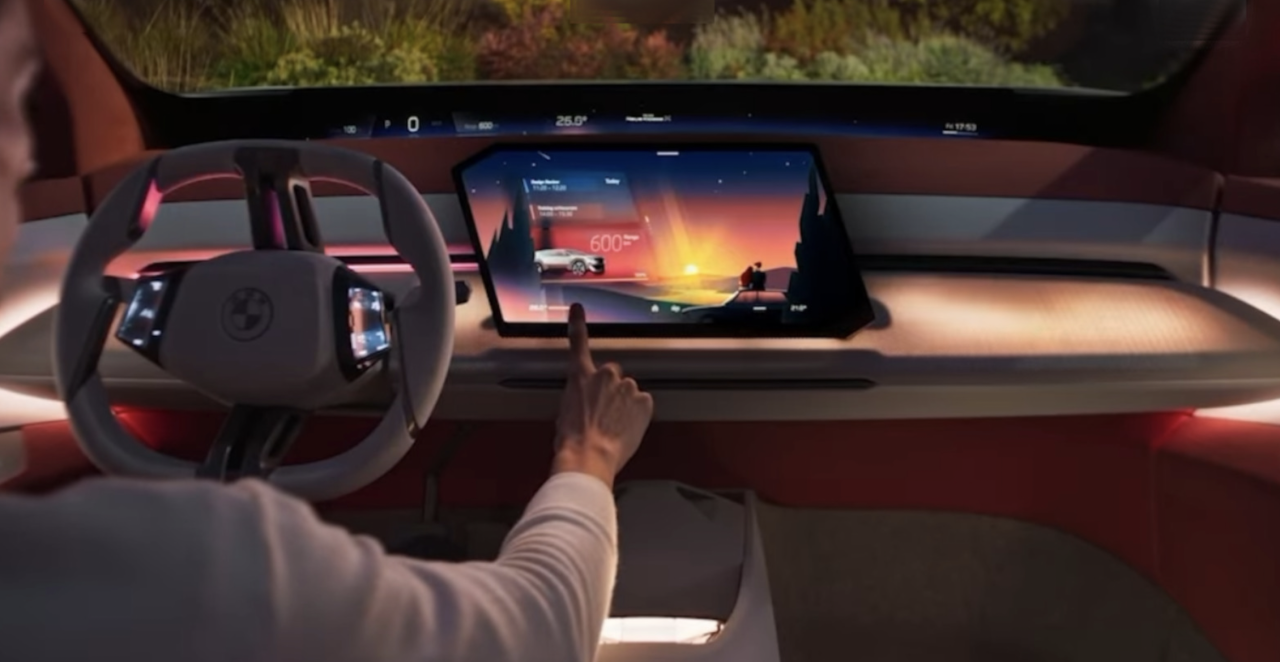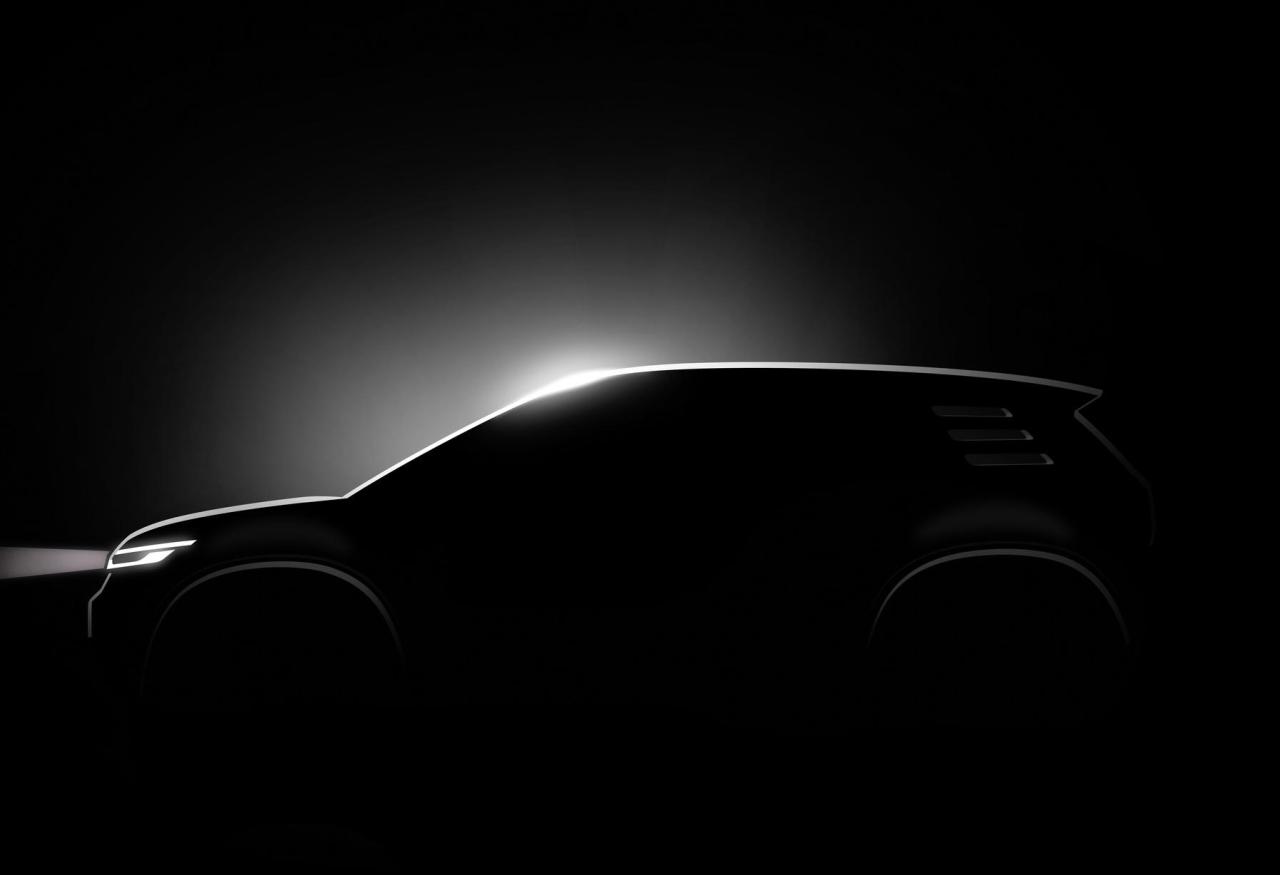
Tutti i contenuti di 4200blu
-
BMW Serie 5 & Serie 5 Touring LCI 2027 - Prj. G60/G61 LCI (Spy)
…no, per favore - lasciate la E60 dove deve stare: alla sfasciacarrozze….
-
Transizione ecologica ed il futuro della mobilità
Non cambia niente perche le normative e cicli di misura per consumi e emissioni per le Erev sono in Europa le stesse come per le Phev.
-
BMW i3 2026 - Prj. NA0 (Spy)
Solo bev, touring ice finira con la G21.
-
Transizione ecologica ed il futuro della mobilità
Limiti del 2021 (95g) per 10 macchine sono 950g CO2/km. Riduzione a 90% per il 2035 significa che il tuo mix di 10 macchine (6 bev = 0 piu 4 phev) devono restare sotto 95g insieme, significa per una phev singola emissioni di 23,75g - missione impossibile con il nuovo ciclo e il utility factor ridotte della Euro-6e-FCM (Euro7). Con il futuro sistema di misurazione sara realistico un valore tra 50 e 75g ma dipende molto (come @xtom gia ha scritto) dalla capacita della batteria, ma qui per avere buoni risultati nel ciclo parliamo sicuramente di valori di 150km (minimo) autonomia elettrica.
-
Transizione ecologica ed il futuro della mobilità
Se ricordo bene, abbiamo circa 750Mil. - 1 Mrd di persone che non hanno abbastanza da mangiare e in Europa bruciamo biocarburanti ottenuti utilizzando terra, energia e pesticidi? Ma anche in questo caso, proprio come per gli efuel, dove spuntano all'improvviso tutti gli impianti necessari, anche questi dovrebbero prima essere costruiti, senza contare gli aspetti morali. E sì, ci sarebbero possibilità come la coltivazione di alghe in grandi serbatoi da cui si può ricavare praticamente “petrolio” e simili, ma tutto questo esiste finora solo in volumi sperimentali di laboratorio, il passaggio a processi industriali su larga scala è ancora in sospeso e sicuramente non avverrà in pochi anni. Tutto questo avrebbe dovuto essere avviato già 10-15 anni fa, non solo nei prossimi anni. Ma come quasi sempre accade, l'Europa dorme e si lascia sfuggire tutto con la sua insistenza sull'innovazione esistente e mancante.
-
Transizione ecologica ed il futuro della mobilità
Domanda puramente retorica, perché realisticamente nei prossimi anni non saranno disponibili e-fuel nei grandi volumi necessari a prezzi ragionevoli.
-
Transizione ecologica ed il futuro della mobilità
Si certo, sarebbe una soluzione anche per nichie, in caso della MX-5 secondo me dipende dal mercato Usa, se Mazda qua trova la possibilita di ammortizzare una nuova generazione, poi queste regole della EU aprono la porta di vendere in numeri piccolissimi forse anche qui.
-
Transizione ecologica ed il futuro della mobilità
Ma a parte i contenuti della proposta, non e ancora una normativa in vigore: Attualmente, tutte le modifiche qui menzionate sono solo proposte della Commissione europea e non costituiscono ancora una normativa definitiva o una legge. Affinché il “pacchetto auto” possa essere approvato, è necessario da un lato il consenso del Parlamento europeo (dove il PPE di Weber è il gruppo più numeroso) e dall'altro il via libera degli Stati membri nel Consiglio dell’UE. E quest'ultimo aspetto è tutt'altro che certo: il “pacchetto auto” è stato probabilmente concepito dalla Commissione in modo da offrire qualcosa al maggior numero possibile di paesi. Oltre alla Germania, altri sei paesi dell'UE (tutti con una quota piuttosto bassa di auto elettriche nelle nuove immatricolazioni) si sono schierati a favore di un indebolimento degli obiettivi di CO2 e a favore dei motori a combustione interna. Altri paesi, come Spagna, Francia, Danimarca e Belgio, perseguono una politica elettrica molto più ambiziosa. Nel Parlamento europeo è sufficiente una maggioranza semplice, mentre nel Consiglio europeo è necessaria una cosiddetta “maggioranza qualificata”. Sarebbe necessario il consenso di almeno 15 paesi, che insieme rappresentano almeno il 65% della popolazione dell’UE. (electrive)
-
Transizione ecologica ed il futuro della mobilità
Da considerare anche le regole diverse per le flotte e le loro conseguenze: anche del articolo di electrive: C'e una lista della Commissione in cui è fissata una quota di auto elettriche del 100% per i grandi clienti in Germania nel 2035, così come per Francia, Finlandia, Austria, Svezia, Belgio, Danimarca, Irlanda, Lussemburgo e Paesi Bassi. Per la Spagna la quota dovrebbe essere del 66%, per la Bulgaria circa del 32%. Secondo il quotidiano Handelsblatt, le quote dovrebbero essere fissate in base al potere economico e alla quota di veicoli elettrici attualmente in circolazione. Una quota del 100% comporterebbe che i grandi clienti (ovvero le grandi aziende e anche le società di autonoleggio) potrebbero acquistare e immatricolare solo auto elettriche. Quindi il mercato delle usate "giovani“p er i prossimi anni (considerando che le mezzi delle flotte sono in uso normalmente solo 36 mesi) sara riempito piu e piu con Bev e non piu con Ice. Anche questo accelera la diffusione delle auto elettriche nel parco circolante.
-
Transizione ecologica ed il futuro della mobilità
Parte di un testo su „electrive“ riguardante le e-car (traduzione DeepL) “Ciò incentiverà l'introduzione sul mercato di un maggior numero di modelli di veicoli elettrici di piccole dimensioni”, afferma la Commissione. Questa proposta sembra essere stata avanzata dalla Spagna e dalla Francia. Già in autunno entrambi i paesi si erano espressi a favore del mantenimento dell'obiettivo di CO2 per il 2035 con solo una leggera flessibilità aggiuntiva e preferiscono promuovere le auto elettriche attraverso misure come i super crediti.
-
Transizione ecologica ed il futuro della mobilità
In teoria servono per abbassare il prezzo (dove si deve aspettare come @Kay195 scrive come si definira la sicurezza per queste e-car) e per ricevere come produttore gli super credits, al momento si sente che una e-car venduta per la calcolazione del medio non vala come una macchina ma come 1,3 macchine.
-
BMW X1 LCI & iX1 2027 - Prj. U11 LCI/NB5 (Spy)
Il „display“ per il passegero e parte della striscia davanti, il panoramic idrive che sopratutto al lato passegero e configurabile a gusto personale per i contenuti.
-
Transizione ecologica ed il futuro della mobilità
…rispetto i 95g Co2 valido per il 2ß21. Quindi in media la flotta venduta dovrebbe avere 9,5g CO2 in 2035.
-
Transizione ecologica ed il futuro della mobilità
In breve: Scattole elettrice e economiche per il popolo e V8 per gli appassionati con molti soldi..molto bene 😍👍
-
BMW X1 LCI & iX1 2027 - Prj. U11 LCI/NB5 (Spy)
…rer gli interni di tutte le BMW dei prossimi anni (nuovi e Lci) non avrete più bisogno di foto spia, perché con l’uscita della NA5 il design e le funzionalità saranno già noti 😎……Panoramic idrive what else
-
Volkswagen ID.Cross 2026 (Spy)
- 9 risposte
-
-

-

- 2
-
-
- id x
- id.2 x
- id2 x
- volkswagen
-
Taggato come:








